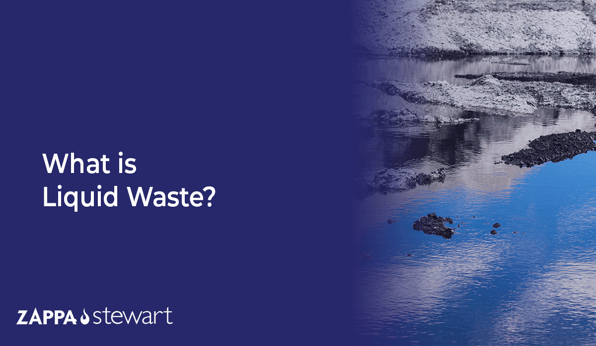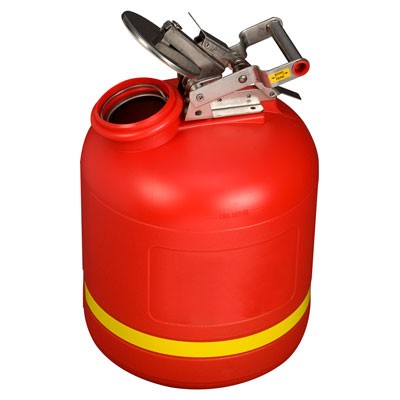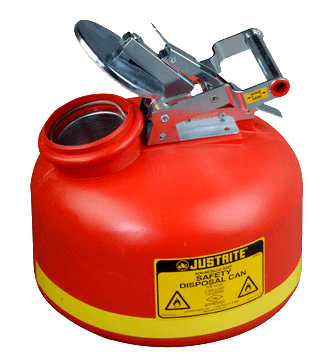Comprehensive Liquid Waste Disposal: Solutions for Houses and Companies
Comprehensive Liquid Waste Disposal: Solutions for Houses and Companies
Blog Article
Exactly How Liquid Waste Disposal Functions: A Detailed Summary of Strategies and Technologies Utilized

Overview of Liquid Waste Types
The intricacy of fluid waste kinds requires a comprehensive understanding of their attributes and ramifications for disposal. Liquid waste can broadly be categorized into numerous kinds, consisting of industrial, metropolitan, farming, and contaminated materials. Each group shows unique buildings, calling for details management methods to minimize environmental and health and wellness dangers.
Industrial fluid waste originates from manufacturing procedures and typically includes a range of impurities, such as hefty metals, solvents, and natural substances. Community liquid waste, largely making up wastewater from homes and business facilities, includes natural matter, nutrients, and pathogens (industrial wastewater treatment). Agricultural fluid waste, including drainage from farms, may consist of fertilizers, chemicals, and animal waste, positioning risks to water top quality and environments
Dangerous liquid waste is defined by its poisoning, reactivity, or potential to trigger injury. Understanding these varied liquid waste kinds is important for establishing effective disposal techniques and making certain compliance with environmental guidelines.
Physical Therapy Approaches

Testing is the initial action, where bigger fragments and particles are eliminated from the fluid waste utilizing displays or grates. This process safeguards downstream devices from damage and guarantees smoother operation. Complying with screening, sedimentation uses gravitational pressure to different solids from liquids. In sedimentation storage tanks, larger fragments resolve near the bottom, creating a sludge layer, while the made clear fluid can be additional treated.
Filtering is one more necessary technique that entails passing the fluid through permeable materials, such as sand or membrane layers, to catch smaller fragments. This step improves the high quality of the fluid, making it appropriate for subsequent therapy processes.

Chemical Therapy Techniques
Chemical therapy techniques are necessary for efficiently taking care of liquid waste, specifically in attending to dissolved and colloidal pollutants that physical methods might not properly get rid of. These methods utilize numerous chemical representatives to reduce the effects of, speed up, or transform harmful materials into much less harmful types.
One usual technique is coagulation and flocculation, where chemicals such as alum or ferric chloride are contributed to advertise the gathering of suspended bits. This procedure enhances sedimentation, enabling for less complicated removal of the resulting sludge. Furthermore, oxidation procedures, employing representatives like chlorine or ozone, are employed to damage down intricate organic substances and pathogens, providing the waste safer for discharge or additional treatment.
Neutralization is an additional important method, which readjusts the pH of acidic or alkaline waste streams to neutral levels, avoiding possible injury to downstream systems and the atmosphere. Moreover, advanced oxidation procedures (AOPs) utilize mixes of oxidants and ultraviolet light to weaken relentless pollutants, accomplishing a greater level of treatment performance.
Organic Therapy Procedures
Biological treatment processes play a crucial function in the management of fluid waste by making use of microorganisms to break down raw material and minimize pollutant levels. These processes can be broadly classified right into anaerobic and cardiovascular treatments, each utilizing particular microbial communities to achieve reliable waste destruction.
Cardiovascular treatment involves making use of oxygen to facilitate the failure of natural materials by bacteria. This procedure is frequently carried out in activated sludge systems, where aeration containers supply a favorable environment for microbial development, causing the oxidation of organic pollutants. The resultant biomass can be divided from treated effluent through sedimentation.
In comparison, anaerobic YOURURL.com treatment occurs in the lack of oxygen, counting on different microorganisms to damage down raw material. This technique is particularly advantageous for high-strength waste, as it creates biogas, an eco-friendly power source, while reducing sludge manufacturing. Technologies such as anaerobic digesters are frequently used in community and commercial applications.
Both anaerobic and aerobic organic treatments not just minimize the ecological impact of fluid waste however also assist in resource healing, making them vital parts of lasting waste management approaches. Their versatility, performance, and performance sustain their widespread application throughout various markets.
Arising Technologies in Disposal
Innovative approaches to liquid garbage disposal are swiftly progressing, driven by improvements in technology and an enhancing focus on sustainability. Amongst these arising modern technologies, membrane bioreactors (MBRs) have acquired read this grip for their capacity to incorporate biological therapy with membrane layer filtering, leading to top notch effluent that can be recycled in numerous applications. MBRs enable smaller footprints and a lot more reliable procedures contrasted to typical systems.
Another promising development is the use of anaerobic digestion combined with nutrient recovery technologies, which not only treats fluid waste yet additionally creates biogas and recoups beneficial nutrients like nitrogen and phosphorus. This twin advantage improves resource effectiveness and decreases environmental impact.
Additionally, progressed oxidation procedures (AOPs) are being taken on for the deterioration of complicated organic pollutants. These approaches make use of effective oxidants and drivers to break down contaminants at the molecular degree, supplying an extremely efficient solution for tough waste streams.
In addition, the assimilation of expert system and artificial intelligence in waste monitoring systems is enhancing operational performance and predictive maintenance, resulting in decreased costs and boosted environmental conformity. These innovations reflect a substantial change towards even more sustainable and efficient liquid garbage disposal methods.
Conclusion
In conclusion, reliable liquid waste disposal necessitates an extensive understanding of a fantastic read numerous methods and technologies. By continuously progressing these methods, it becomes possible to resolve the growing challenges associated with fluid waste, eventually adding to environmental security and source recuperation.
Liquid waste disposal is an essential element of environmental management, requiring a detailed understanding of numerous methods and innovations customized to various waste types. Fluid waste can generally be categorized right into numerous types, consisting of commercial, community, agricultural, and dangerous waste. Agricultural liquid waste, consisting of runoff from farms, might contain plant foods, pesticides, and pet waste, positioning risks to water high quality and environments.
Numerous physical treatment methods play a critical role in handling liquid waste effectively - industrial wastewater treatment.In final thought, efficient liquid waste disposal necessitates an extensive understanding of numerous methods and technologies
Report this page